Do you know the name of any famous cherry blossom trees in Japan? You may think of the Shogawa-zakura cherry blossom tree which we introduced in our last post. Or there is the Jindai-zakura cherry blossom tree, one of Japan’s largest and oldest cherry blossom trees in Hokuto City, Yamanashi Prefecture. The most well-known variety is the Somei Yoshino cherry blossom tree. You may know of other famous cherry blossom trees. In this post, we will introduce one of the oldest cherry blossom trees called “Sakon-no-Sakura” recorded in the historical documents.
The history of the Sakon-no-Sakura tree dates back to the Heian period (794-1192). It was originally planted in the south garden of the Shishinden Hall (the hall used for state ceremonies) in Dairi (the Imperial Palace) in Heian-kyo, Kyoto, an ancient capital of Japan. The garden was where Sakonoefu (the Imperial Guard of the Left) stood during ceremonies, the origin of the name “sakon”. There was another garden on the right side of the hall where Ukonoefu (the Imperial Guard of the Right) stood during ceremonies, and the tree planted there was called Ukon no Tachinbana (tachibana is a variety of citrus fruit). Today, the Imperial Palace is located in a different location, and the Shishinden Hall was rebuilt in the precincts of the current Palace (the original Shishinden Hall was burnt down by fire). The same varieties of trees have been planted on each side of the current Shishinden Hall. We will now turn our attention to the time when the original Sakon-no-Sakura cherry blossom tree was planted in the south garden of Shishinden Hall.
-1200x760.jpg)
The first written record of the Sakon-no-Sakura cherry blossom tree appeared in the book “Nihon Sandai Jitsuroku (Veritable Records of Three Reigns of Japan)”, the sixth book of Rikkokushi (The Six National Histories of Japan). According to the record dated August 24, 874, a storm blew down the Sakon-no-Sakura tree as well as a red plum tree at the Togu Palace (the residence of the Imperial Crown prince). Unexpectedly, the first description of Sakon-no-Sakura tree was not about its planting, but about how it had been blown down.
There is no historical document which specifies the exact planting date of the original Sakon-no-Sakura tree. However, in the book “Shoku Nihon Koki (Later Chronicles of Japan, Continued)”, the fourth book of Rikkokushi compiled in 869, there is a record dated February 1, 845 describing that Emperor Ninmyō broke the branch of the plum tree planted in the south garden of Shishinden Hall during a feast. This shows that the plum tree had been planted before it was replaced with the Sakon-no-Sakura tree in the mid-9th century. Combining information from these books shows that the plum tree in the south garden of Shishinden Hall had been replaced with the cherry blossom tree between 845 and 874.
There is another interesting record in a collection of tales called “Kojidan (Tales of Ancient Matters)” compiled in the early 13th century (four centuries after the replanting of the tree). According to the book, the plum tree in the south garden of Shishinden Hall had withered during the Jōwa years (834-847), and Emperor Ninmyō ordered that a cherry blossom tree be planted there. Combining all the information from these three books, we can further confirm that the plum tree was replaced with the cherry blossom tree between 845 and 847.
-709x1200.jpg)
The records found in these historical documents helped to estimate the timeframe of the planting of the original Sakon-no-Sakura tree. Later records from the 9th century show that both Emperor Montoku and Emperor Seiwa visited the residence of their retainer Fujiwara no Yoshifusa to enjoy the cherry blossoms there. The custom of cherry blossom viewing was established by the nobles in the capital at that time, which explains why the plum tree was replaced by the Sakon-no-Sakura cherry blossom tree.
We hope you enjoyed this article. We would like to introduce more famous cherry blossom trees of Japan in future articles. Please look forward to the next article!


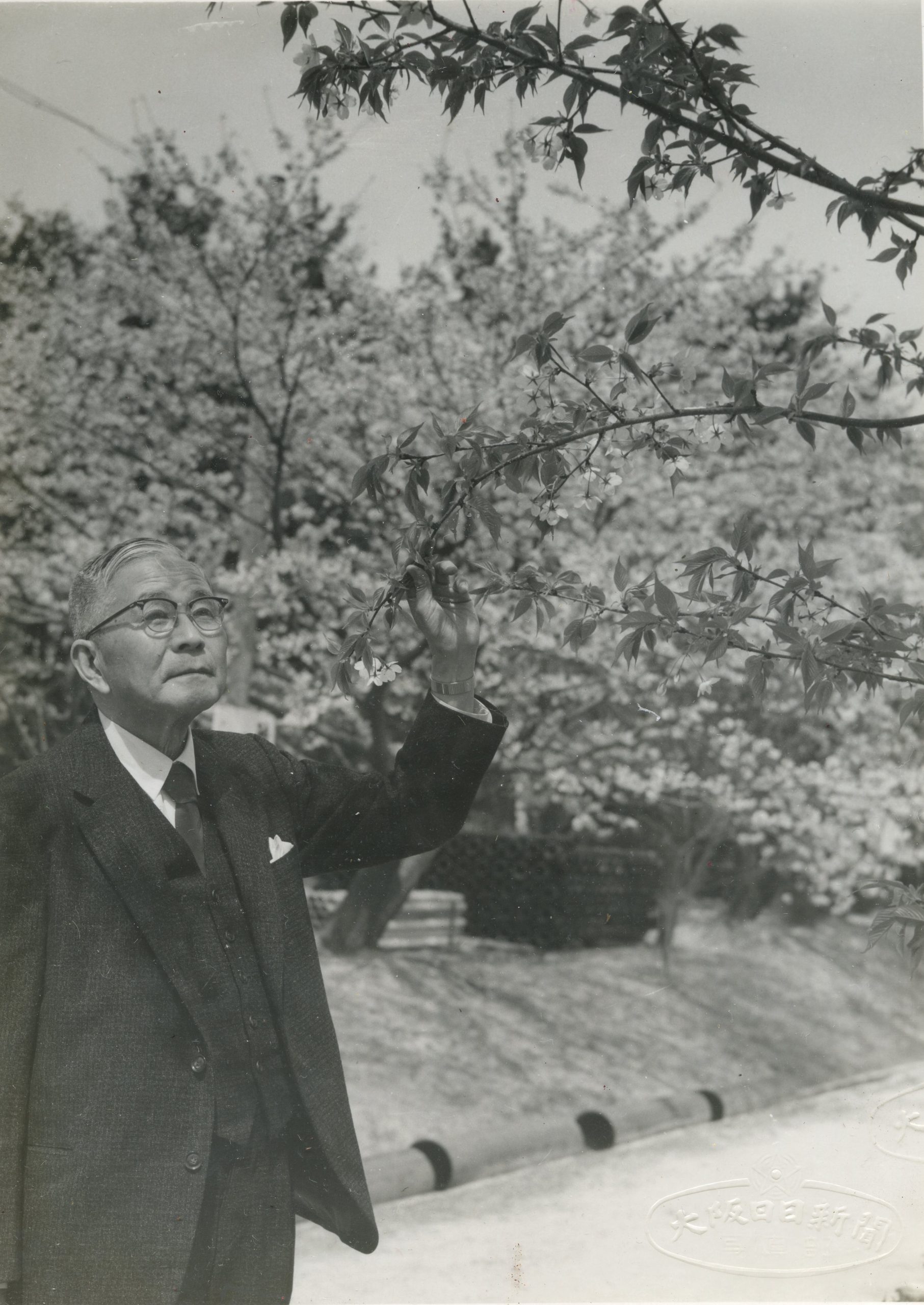
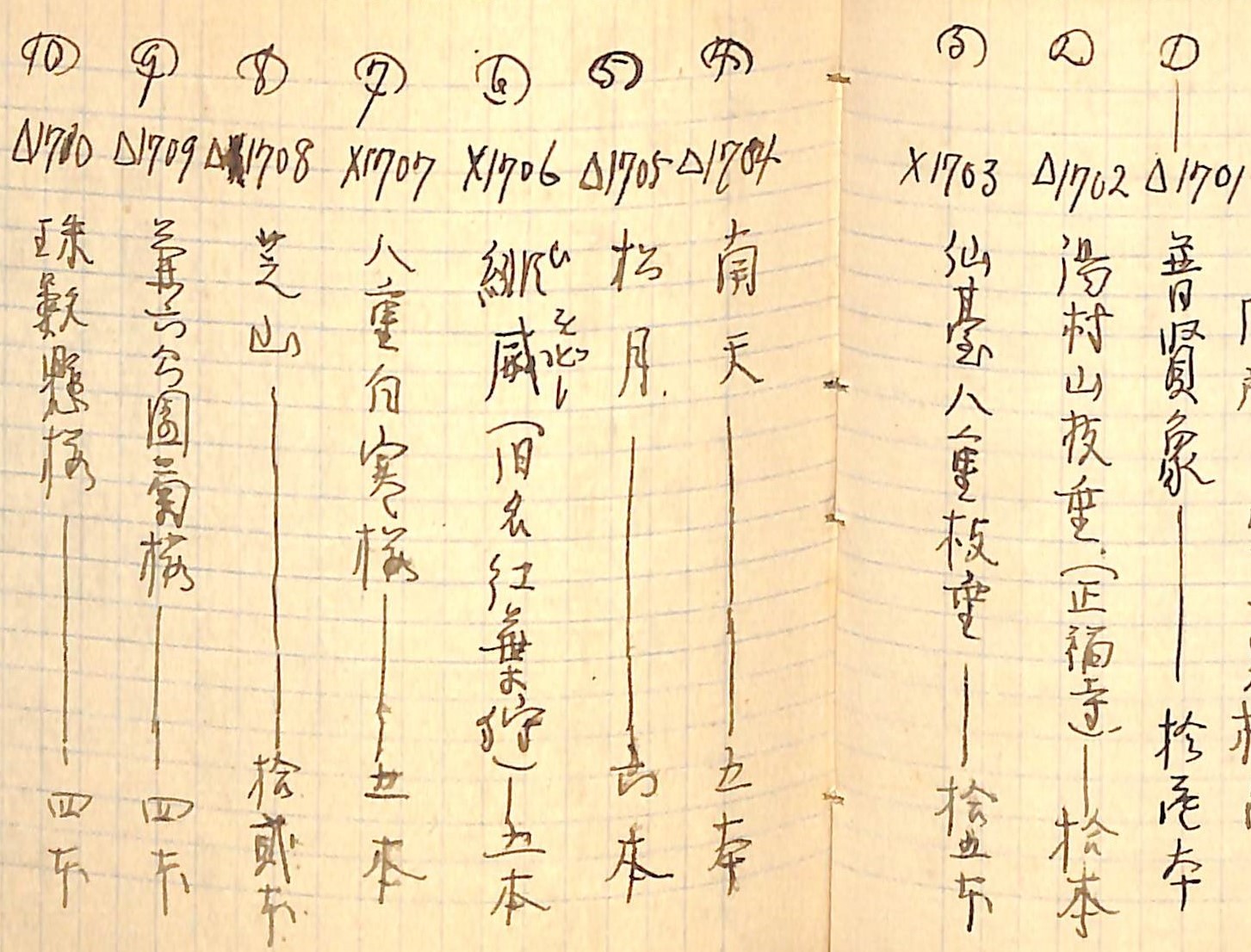

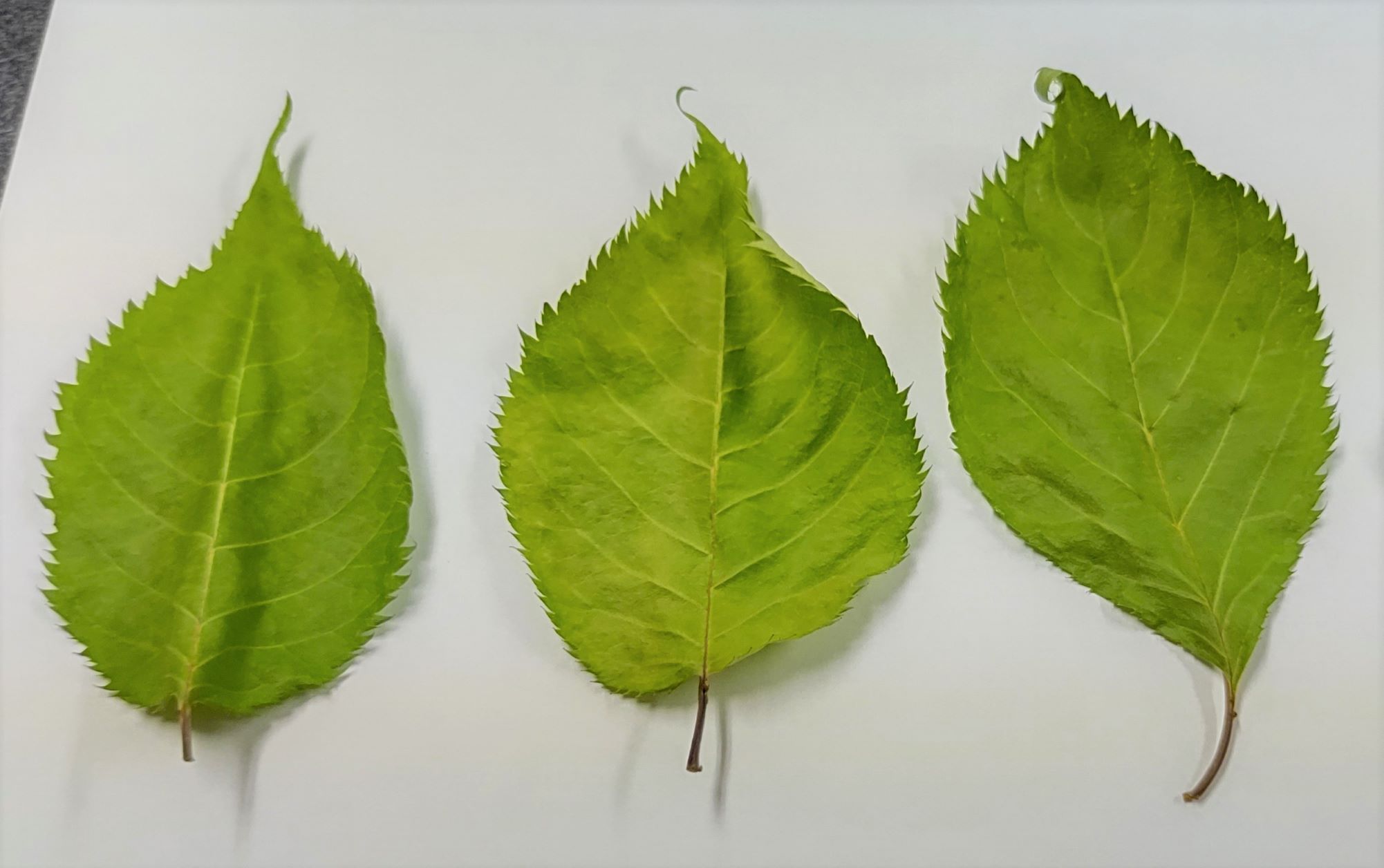
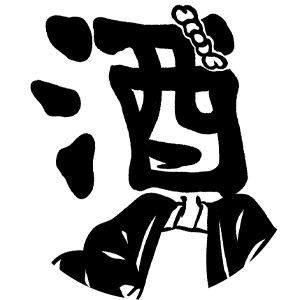
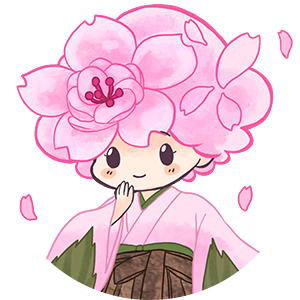
Mr. Sasabe was indeed a genuine researcher of cherry blossom trees!